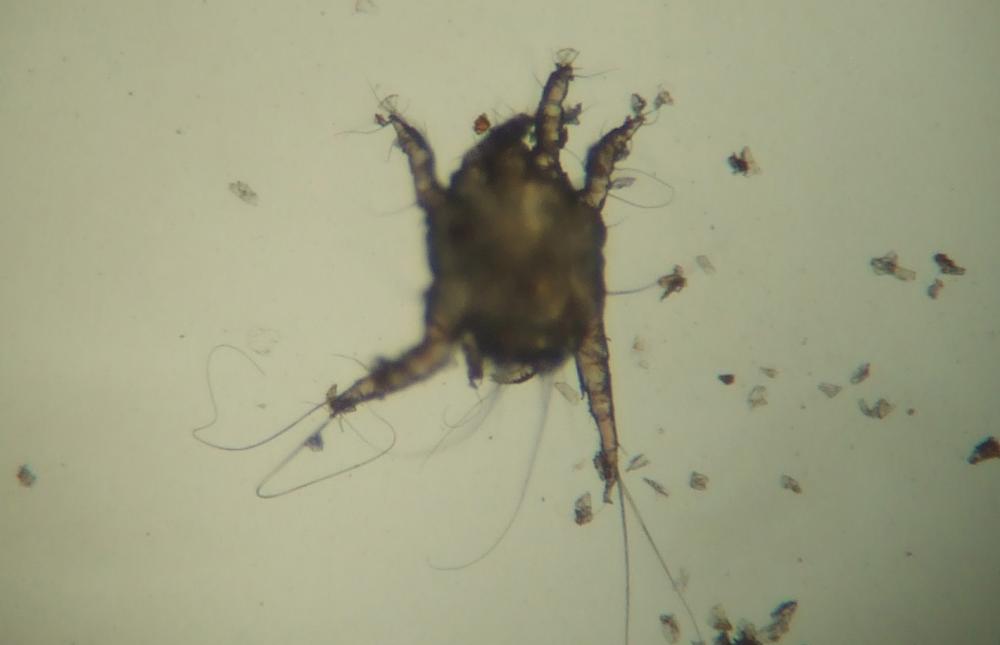Ear Mites In Cats Transmitted To Humans

Bruising bumps and itch can appear on any part of the body except the face.
Ear mites in cats transmitted to humans. From the time your cat becomes infected to the time the ear mites. Typically ear mites will also cause a dry black ear discharge. No cat ear mites are not contagious to humans. Ear mites spread rapidly and can be transmitted from even brief physical contact with other animals.
Human cat mite symptoms include bruise lines with visible bumps and itching which tends to be more common at night. In jazmine s case it is likely that the mites were transmitted. An ear mite infection will cause your cat s ears to itch which often results in them shaking their head excessively or scratching at their ears with their paws. Ear mites can also produce wax and irritation so your pet s ears may well look red and inflamed.
Infected animals have a large amount of crumbly dark brown material in their ears. When ear mites occur in humans the most likely cause of infection is transmission from a family pet. To put it simply. Humans can rarely be infected with ear mites.
In pets ear mites most commonly affect cats ferrets and to a lesser extent dogs. There may also be an unusual odour. Ear mites need a host to survive so it s not uncommon for mites to hop from animal to animal. The ear mite life cycle from eggs to adult takes about 21 days.
Their presence causes inflammation and can also lead to secondary ear infections. Cat mites if transferred to humans can burrow themselves under the skin and cause severe itching. Ear mites are nasty little parasites that enjoy the environment inside of your cat s ears. The ear canal is where these parasites thrive.
The common mite otodectes cynotis will typically spend its entire life cycle inside the ear canal or hitching a ride on the skin of a cat or dog. The most common ear mites of companion animals are otodectes cynotis and notoedres cati. Other animals can catch ear mites from a cat but humans cannot. Ear mites are very contagious especially to other cats and dogs and are very common.
Otodectic mange is usually confined to the ear while notoedric mange also known as feline scabies can spread from the ear to other parts of the head neck limbs and tail area. Ear mites are pretty hard to spot.

















